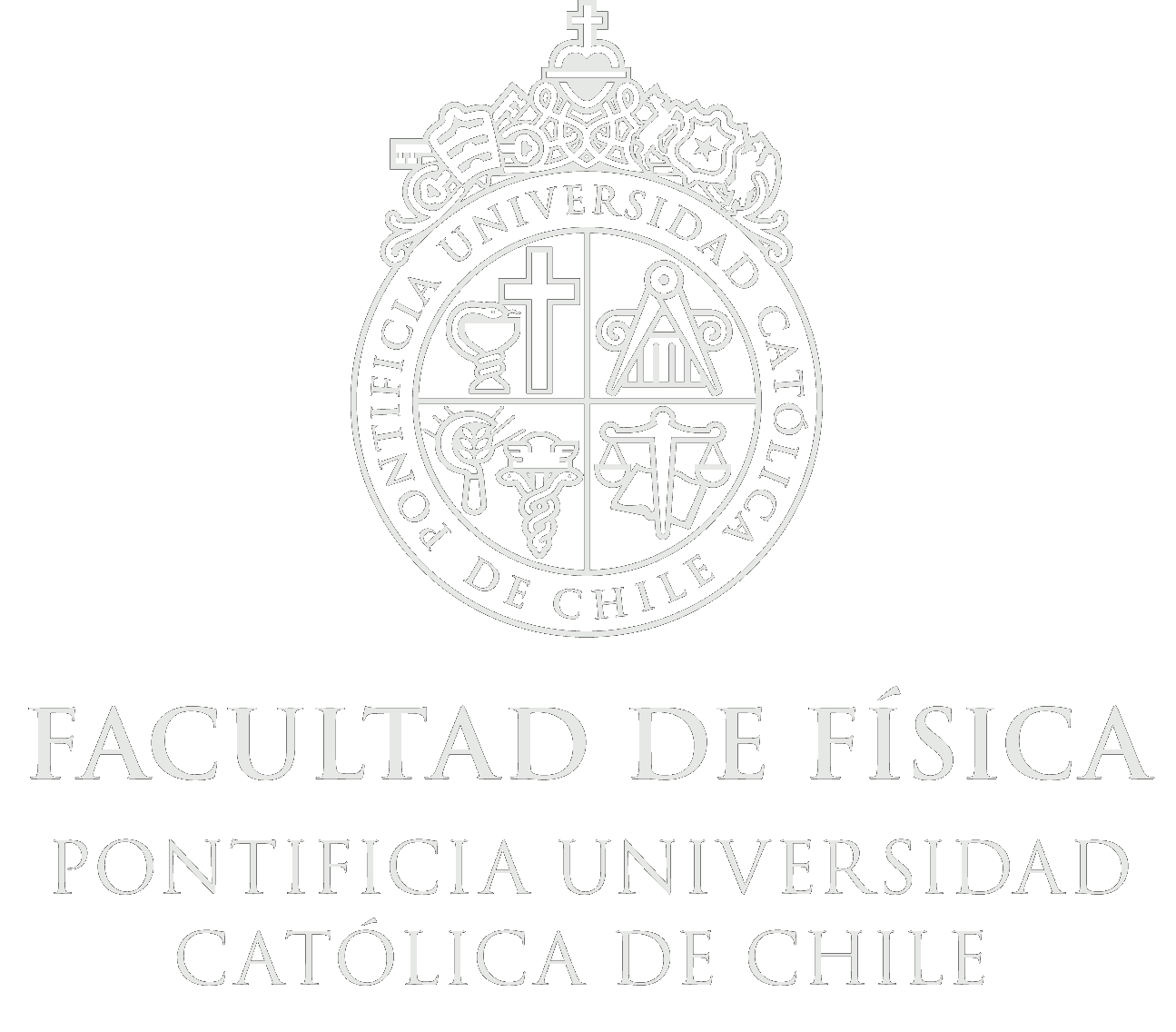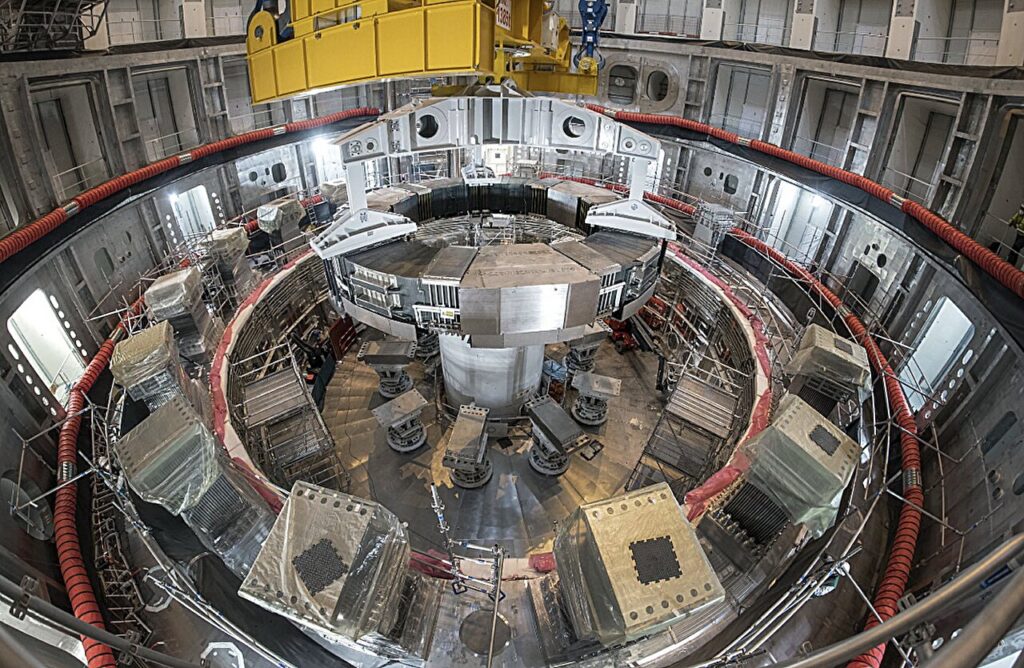Installation of the first superconducting magnet, Poloidal Field Coil #6, in the tokamak pit at the ITER construction site. The Central Solenoid will be mounted in the center after the vacuum vessel has been assembled. Credit: ITER Organization.
In a historic milestone for global fusion research, ITER has successfully completed the assembly of the world’s largest and most powerful pulsed superconducting magnet system , a technological feat that brings the promise of fusion energy closer to reality. This system forms the electromagnetic core of the ITER Tokamak, which aims to demonstrate that fusion can be harnessed at industrial scale.
The final component—the sixth module of the Central Solenoid , built in the United States—was delivered after years of design, testing, and manufacturing. Once fully assembled at the ITER site in southern France, this massive solenoid will generate powerful magnetic pulses strong enough to lift an aircraft carrier , playing a central role in driving the plasma current inside the Tokamak.
Complementing the Central Solenoid are six Poloidal Field (PF) magnets , constructed and delivered by Russia, Europe, and China. Together with the Toroidal Field coils, these components make up a magnet system weighing nearly 3,000 tons . Their combined function is to create an “invisible cage” that confines and shapes the plasma, allowing it to reach temperatures of 150 million degrees Celsius —hotter than the core of the Sun.
The process begins with injecting a small amount of deuterium-tritium gas into the Tokamak chamber. The magnet system ionizes the gas into a plasma state and holds it away from the reactor walls. External heating systems then raise the temperature until atomic nuclei fuse, releasing enormous amounts of energy. At full power, ITER aims to produce 500 MW of fusion energy from just 50 MW of input heating power , achieving a tenfold energy gain —a key threshold for future commercial fusion reactors.
This achievement reflects the strength of international collaboration. With contributions from China, Europe, India, Japan, Korea, Russia, and the United States , ITER has become a model of peaceful scientific cooperation. As ITER Director-General Pietro Barabaschi stated, “What makes ITER unique is not only its technical complexity but the framework of international cooperation that has sustained it through changing political landscapes.”
As of April 2025, the first vacuum vessel sector was successfully inserted into the Tokamak pit—marking a major step forward in the machine’s assembly. With most components now on site, attention turns to integrating the complex systems needed to achieve first plasma and eventually a self-sustaining burning plasma.
In parallel, ITER has launched initiatives to engage the private fusion sector, aiming to accelerate innovation and transfer knowledge gained over decades of research. These efforts are expected to support emerging fusion startups and contribute to building a robust global fusion industry.
From Europe’s construction of large PF coils and vacuum vessel sectors, to the U.S.-built Central Solenoid, Russian-supplied busbars, Chinese correction coils, Japanese superconductors, Korean thermal shields, and India’s cryostat and cooling systems—each member nation has played a vital role in bringing this vision to life.
Ultimately, ITER stands not only as a scientific and engineering marvel, but also as a symbol of hope—that humanity can unite across borders to tackle the existential challenges of our time, from climate change to energy security.

